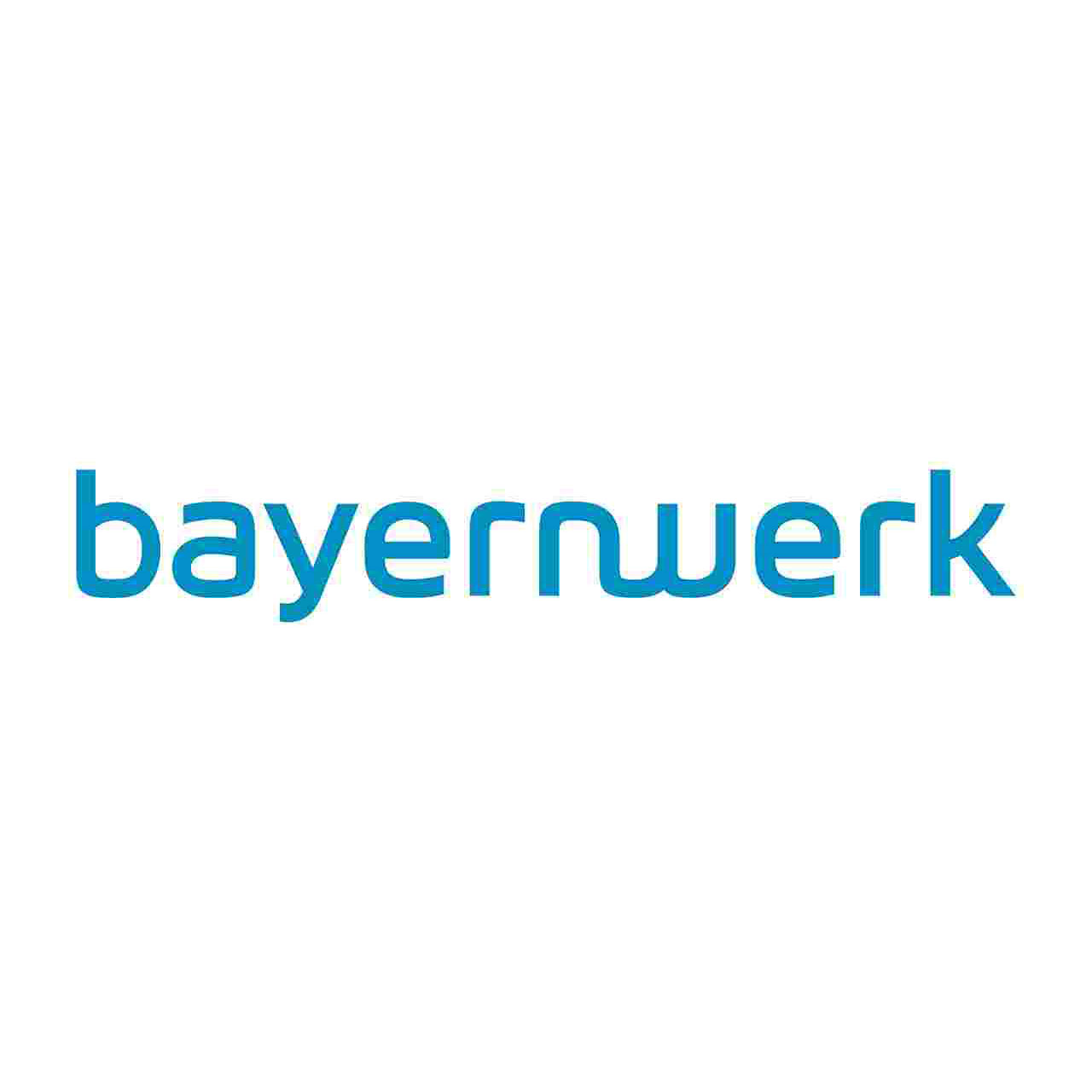Energy company Bayernwerk Netz GmbH, a subsidiary of global energy leader E.ON, operates one of the largest electricity, water and gas distribution networks in Germany and supports more than 1,200 municipalities across southern Germany.
Bayernwerk is focusing on optimizing processes for handling its transformer station installations in the state of Bavaria. As one of the region’s largest suppliers Bayernwerk manages about 40,000 transformers converting medium-voltage electrical energy from distribution grids to low-voltage power transmission.
Station installations are a complicated and time-consuming process. Whenever new circuits or more capacity is introduced into the grid to meet growing electricity demand or create resiliency, transformer stations have to be added (or upgraded) to accommodate the change. These complicated scenarios involve setting up hardware modules from different vendors and installing complex wiring. Technicians are required to document all the processes they conduct while onsite and take pictures of the work as it progresses.
The problem for Bayernwerk was that documentation was done with paper and pen. Back-office staff then had to manually enter the documentation data into a central SAP system, a lengthy process prone to human error and time delays; it could take weeks from the date the gear was installed until the paperwork was processed in the backend system. In addition, images had to be taken with a separate device (camera, smartphone or other) and also uploaded to the SAP system manually.
Bayernwerk was determined to streamline this inefficient process. To improve the workflow, it developed the NEXT.SwitchON mobile application for tablet computers that technicians now use to digitally capture data during the commissioning of transformer stations. NEXT.SwitchON uses advanced machine learning (computer vision) to identify installed hardware and wiring automatically on images taken with the tablet’s camera. This information is then automatically used to pre-fill parts of the digitalized documentation, which gets transferred to the end system.
NEXT.SwitchON provides huge benefits to Bayernwerk through increased efficiency, accuracy, and fault tolerance. However, these benefits depend on the reliability of the machine learning models that are used; they need to be continuously monitored, enhanced, scaled and retrained to meet the increasing number of users and to incorporate all the different hardware variations in the field. This was not considered in the first iteration of the application. Therefore, a solution was needed to ensure the reliability and quality of the machine learning models used by the NEXT.SwitchON application over time.
MLOps on Socrates Platform ensures model reliability
On its journey towards a digitalized and data-driven enterprise, Bayernwerk identified the need for a modern cloud-based application development platform. This need was addressed by the introduction of Socrates, an Azure-based integration platform that was developed and implemented by DXC Technology. Socrates also supports other Bayernwerk applications, including the Energy Portal, which makes data easily accessible to administrators at the municipality level.
As many modern applications – NEXT.SwitchON included – require the use of machine learning, Socrates was enhanced with cutting-edge MLOps capabilities by DXC using the DXC MLOps Quickstart for Microsoft Azure. Through this, Bayernwerk’s applications can leverage all best practices associated with professional machine learning development, deployment and operations, including flexible experimentation, streamlined deployment using CI/CD and continuous monitoring, as well as event-driven retraining and model orchestration.
The advanced MLOps functionalities on Socrates were used to meet the challenges NEXT.SwitchON was facing. To achieve ongoing reliability of the machine learning models, DXC’s ML engineers transferred the existing initial machine learning approach into proper scalable and reusable machine learning pipelines on the MLOps platform. This allows continuous automatic image augmentation, as well as model training and evaluation. It also automates the process of publishing the latest model versions directly to NEXT.SwitchON.
Value delivered
A new standard for digital documentation is set
Bayernwerk has now standardized and simplified its processes for documenting the installation of transformer stations and is able to scale the solution easily, as necessary. The utility now saves a great number of hours annually thanks to 75% faster station installation documentations. It also saves 3½ days in updating the involved machine learning models, due to fewer manual processes involved. And, whereas it used to take about 6 days per month for experts to update the application and for technicians to install it for each new model iteration, automation has now reduced the number of days to zero.
In addition to these time savings, Bayernwerk has seen a 7.4% increase – to 99% – in machine learning image recognition accuracy. Through this improvement fewer example images are needed for the machine learning models to identify new hardware.
The icing on the cake: Bayernwerk is now saving more than 250,000 euros annually.
“Together with DXC, we have developed NEXT.SwitchON into an efficient and enterprise-wide digital application within Bayernwerk that uses digital technology, such as AI, to drive the digitization of energy networks,” says Christian Selinger, technical consultant and product owner, Digital Process Solutions. “Through this, we have set a new standard for digital documentation."

